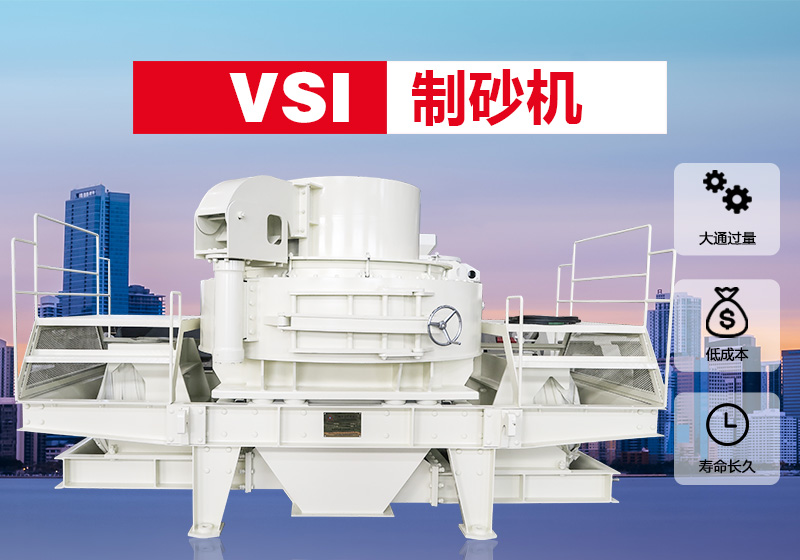1. Insufficient or contaminated hydraulic oil: Check whether the hydraulic oil level meets the requirements. If it is insufficient, it needs to be replenished. At the same time, check the quality of the hydraulic oil. If it is seriously contaminated, it needs to be replaced with new hydraulic oil.
2. Oil pump failure: The oil pump is an important component of the hydraulic system. If the oil pump fails, the hydraulic system will not work properly. Check whether the oil pump is working properly, such as whether the bearing is damaged, whether the pump body is worn, etc. If the oil pump fails, it needs to be replaced or repaired in time.
3. Hydraulic valve failure: The hydraulic valve controls the flow and pressure of the hydraulic system. If the hydraulic valve fails, it may also cause the hydraulic system to fail to start. Check whether the hydraulic valve is working properly, such as whether the electromagnet is damaged, whether the valve core is stuck, etc. If the hydraulic valve fails, it needs to be replaced or repaired in time.
4. Circuit failure: The start and stop of the hydraulic system need to be controlled by the circuit. If the circuit fails, it may also cause the hydraulic system to fail to start. Check whether the circuit and the starter of the oil pump motor, the starter pump and other components are working properly. If a circuit failure is found, it needs to be repaired in time.
5. Low lubricating oil flow: If the lubricating oil flow is too low, the hydraulic system may not start. Check whether the return oil flow is stable. If the return pipe is blocked or the filter element is damaged, it needs to be cleaned or replaced in time.
6. Too high oil temperature: Too high oil temperature may also cause the hydraulic system to not start. Check whether the oil temperature exceeds the normal range. If the oil temperature is too high, measures need to be taken to reduce the oil temperature, such as adding a radiator, reducing the work intensity, etc.






 Leave Message
Leave Message Chat Online
Chat Online











